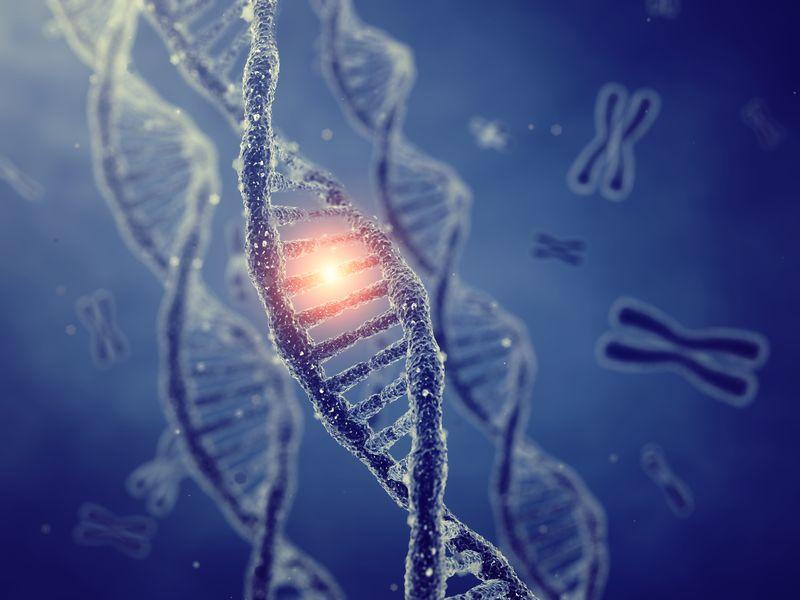Research has identified a new immune system control mechanism that can lead to lupus, linked to a genetic mutation.
The speed and voracity with which our innate immune system responds to invaders is great – until it turns against us. This happens in autoimmune conditions like lupus, and researchers have sought to better understand how the system loses so much control. In a new study, scientists have not only identified a new control mechanism that can trigger lupus, but they have also traced it back to a single genetic mutation.
The team, based at the Max Planck Institute for Infection Biology, focused on Toll-like receptor 7 (TLR7); this is a protein found in immune cells that acts as a sensor for the genetic material of viruses and bacteria. When detected, the receptor triggers an immune response.
However, for this response to occur quickly and with the right intensity, immune cells constantly produce and degrade receptors to maintain a balanced number of them. Too many, and things can go wrong, increasing the chance that immune cells will react against your own body’s own cells and lead to lupus.
“From previous experiments in mice carried out a few years ago at the University of California, Berkeley, we already knew that too many of these receptors are a problem,” explained team leader Olivia Majer in a statement.
To understand how a cell could end up with too many receptors, Majer and the team looked at the molecules that help degrade them. In doing so, they identified a protein complex called BORC and showed that this requires another protein, UNC93B1, to degrade TLR7.
Neither BORC nor UNC93B1 had previously been associated with lupus, but thanks to lupus specialist Fabian Hauck and a patient at the Ludwig Maximilian University Hospital in Munich, the team’s findings were confirmed; the patient had a single mutation in the gene encoding UNC93B1.
“When I received the first call from Fabian Hauck, I thought it was too good to be true,” says Majer, “but within eight weeks of intensive joint work, we were able to confirm that the mutation in UNC93B1 was the cause of Lupus this patient.”
Lupus is estimated to affect at least 5 million people worldwide. Due to the immune system’s attack on the body’s own tissues, it can cause symptoms ranging from tiredness and skin rashes to severe lung and kidney damage. The actress and singer Selena Gomez was diagnosed with lupus in her early youth and in 2017 she received a kidney transplant due to the effects of the disease.estimated
It is hoped that by identifying this new mechanism and the role of UNC93B1, testing for mutations in the protein could become a new part of lupus treatment. With further research, it may even represent a new therapeutic target to minimize or stop the damage caused by the disease in the first place.
The study is published in the journal Science Immunology.
